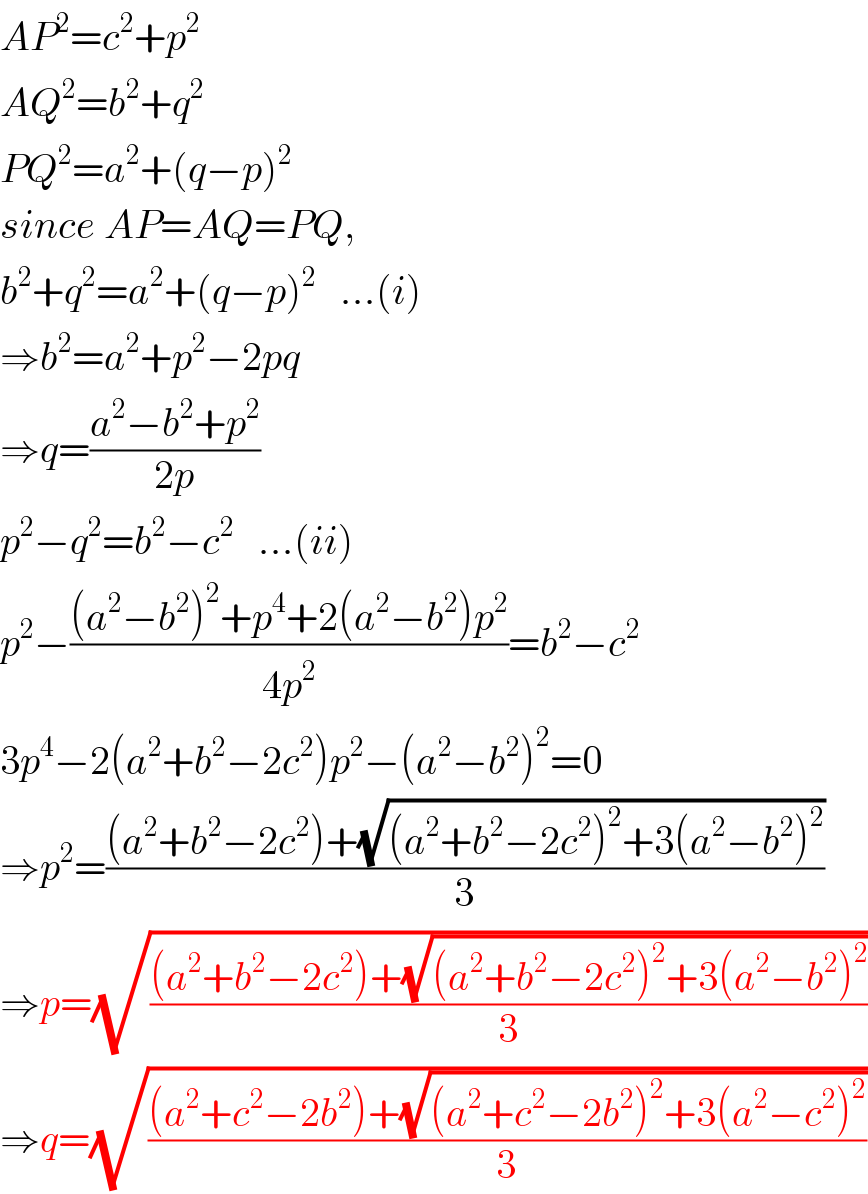
Question and Answers Forum
Question Number 39678 by ajfour last updated on 09/Jul/18

Commented by ajfour last updated on 09/Jul/18

Answered by MrW3 last updated on 09/Jul/18

Commented by MrW3 last updated on 10/Jul/18

Commented by ajfour last updated on 10/Jul/18

